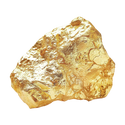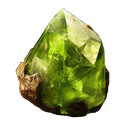Dioscuri Pendant
£6,840
Details
Authentic silver coin of the Dioscuri twins set in 18K yellow gold with double-set peridot and aquamarine cabochons.
Handmade in Rome.
History
Measurements
Delivery
Care






Dioscuri
(DRACHM)
(DRACHM)
This unique design features two youthful male heads positioned side by side, one upright and the other inverted. This captivating motif has been variously interpreted as representing the Dioscuri, the rising and setting sun, or the two branches of the river Danube.

Gold
(18K)
(18K)
It is a dense, soft, malleable, and ductile metal. Gold is highly valued for its beauty, rarity, and resistance to corrosion. It does not tarnish or corrode over time, making it a perfect choice for jewellery.

Peridot
(OLIVINE)
(OLIVINE)
Peridot, a captivating member of the olivine family, dazzles with lush green tones from lime to olive. Known for its beauty and historical significance, it's cherished for symbolising strength, healing, prosperity, and positive energy.

Aquamarine
(BERYL)
(BERYL)
Aquamarine, a stunning green-blue to blue variety of the mineral beryl, is treasured for its mesmerising beauty and its symbolism of youth and happiness. This exquisite gemstone, reminiscent of serene ocean waters, has long been admired for its ability to evoke feelings of tranquillity and joy.
Our items are handmade in our atelier in Rome.
Delivery is estimated at 4-6 weeks from when the order is placed with the atelier, but we always endeavour to deliver sooner. Our team will be in touch to keep your updated at every stage of production.
Alternatively please contact shop@dubini.co.uk




